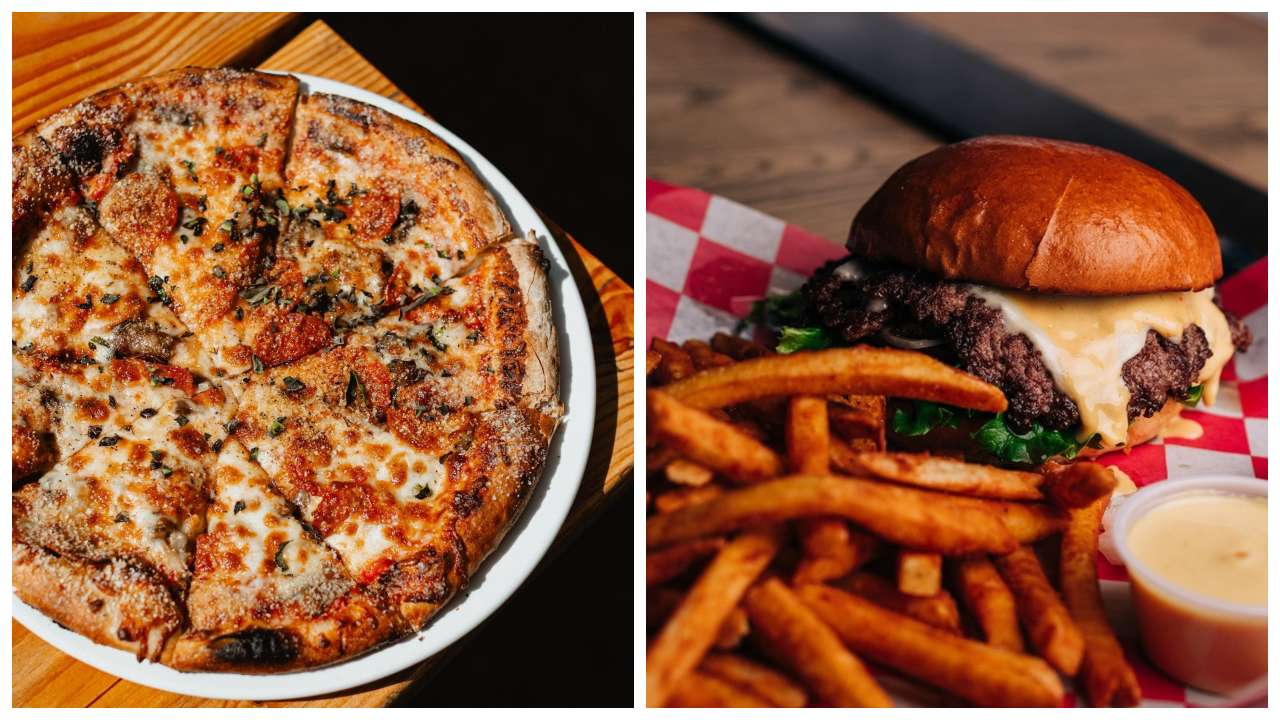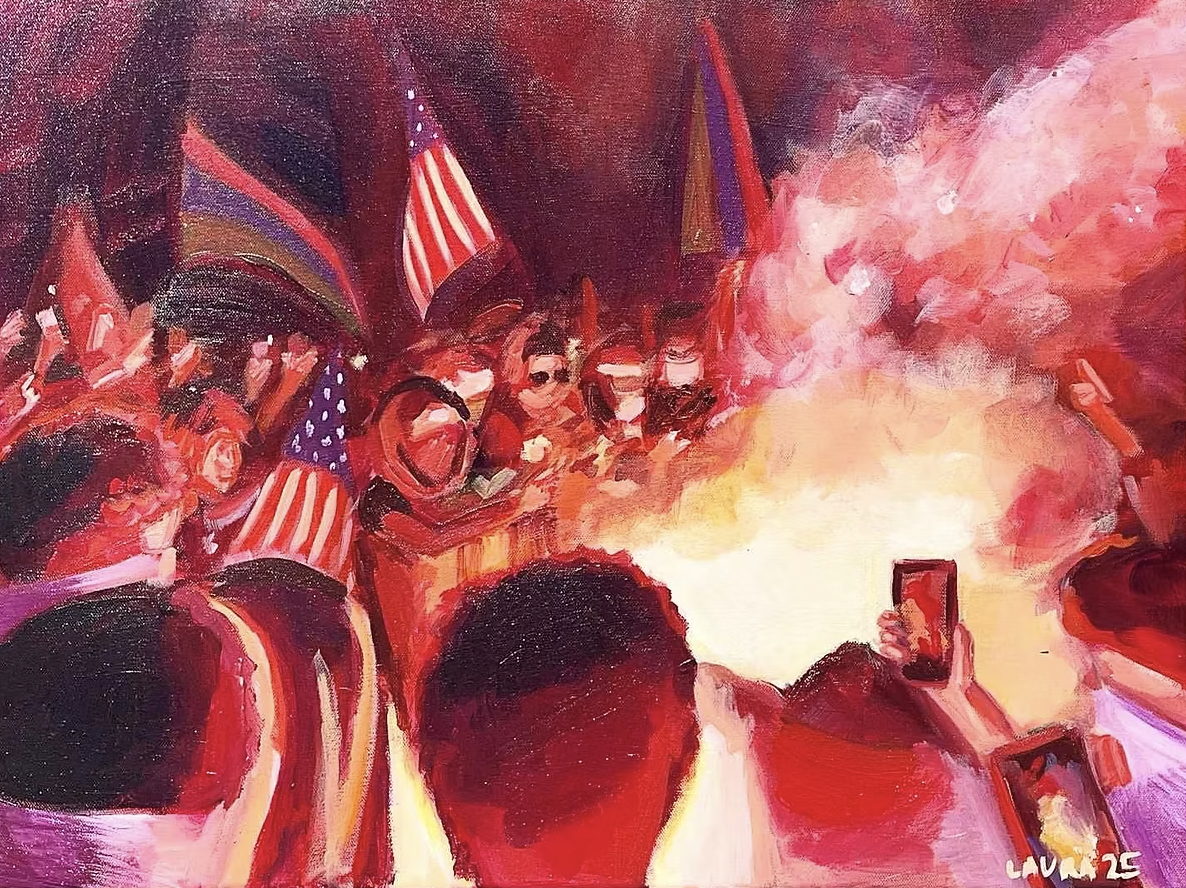“Why are things like this?” is a question weed consumers in Minnesota have asked for a long time. The nature of the question, however, keeps evolving.
We asked it when Minnesota trailed other states in legalizing recreational use. We asked it after the state “accidentally” legalized low-dose edibles and potables—but only those that were hemp-derived with less than 5mg of THC per serving.
Now, the questions get more granular. Like: Why are Minnesota’s THC drinks the way they are? Why do some come in tiny cans? Why are others served in tallboys? And why are there not more “sessionable” THC options for less-heavy users, particularly given Minnesota vendors’ wonderfully unique ability to sell edibles in bars and restaurants?
The question of drink sizes and dosages is complicated. On one hand, 10mg drinks are bazooka-sized for many, simply too potent for a night at the bar. And even 5mg drinks, which have become something of a default, can be too powerful for some imbibers, limiting them to a single drink while out with alcohol-consuming compatriots who are having a few rounds. Wouldn’t it make sense to have high-dose drinks (which technically contain multiple servings inside the can) and lower-dose drinks? Especially at bars, where folks may want to have a few?
As with most weed-based questions, there are legal reasons why things are the way they are. Minnesota allows the serving of hemp-derived edibles in bars, restaurants, concert venues, and the like, but the dosage sizes are required to be relatively small in these settings. Some companies have skirted the 5mg ceiling by making drinks that contain multiple servings; a 10mg can of Modist Brewing’s Melt, for instance, is technically two servings.
Most Minnesota-made THC drinks come in 12- or 16-ounce cans because of the significant early role breweries played in Minnesota’s edibles market. Breweries risked diving into the fray, even when they weren’t sure whether they’d be allowed to continue producing THC-infused drinks once broader legalization arrived, and they tended to use the cans they had on hand.
That was the case at Indeed Brewing, which issues THC drinks in 12-ounce cans, chief business officer Ryan Bandy confirmed to Racket. Representatives from Modist Brewing and Lupulin Brewing also said this was the thinking behind their first THC releases. And it could help explain why Minnesota breweries gravitate toward those can sizes, while other MN-based THC beverage makers like BLNCD and Minny Grown—those that don’t also produce beer—instead use the tall, skinny cans more often associated with seltzers.
More often than not, drink producers outside of Minnesota do things a little differently. Companies like Cann and Wynk use slim, eye-catching eight-ounce cans.
Cann, which got its start in California’s legal weed market in 2018, opted for the smaller size can in part because it was founded relatively early in the legal cannabis marketplace. Consumers were worried they might overdo it when trying edibles for the first time, and the brand wanted a visual cue that these weren’t wildly powerful THC bevs.
“One of the big things we observed in our early consumer testing around this product was people were terrified of getting too high,” says Jake Bullock, co-founder and CEO of Cann. “These are just normal people who would normally be drinking a beer or a glass of wine on a Friday night. Instead, we’re trying to say, ‘Hey, try this. You won’t have a hangover the next day.’ And those people were terrified because their experience was a really bad pot brownie in college. It was going into a dispensary in the early stages of California’s legalization, having someone recommend you take a chocolate bar or gummy that’s 10 or 20 milligrams.”
Cann wanted to alleviate that fear. “In the beginning, we decided, let’s make these little cans because we need people to feel comfortable drinking two, three, or even four of them,” Bullock says.
It wasn’t just small cans, though; Cann also offered a low 2mg dose. Heavier users could have multiple cans instead of the single low-dose option, though Cann also carries larger cans and doses now in its 12-ounce, 5mg Hi Boys.
Indeed is one of the few Minnesota breweries offering a 2mg drink, though for different reasons than its California competitors.
“What is the equivalent experience to beer? It’s to have a couple, right?” Bandy asks. “[The beer experience] is different than shots of liquor. It's different than bottles of wine. Beer is more like you have a few throughout the day, and that was why we started with the [2 mg seltzer], because it was like, ‘Let's try to hit that soft spot.’”
Gauging what customers want at this early stage is tricky, because the evidence is still largely anecdotal. Modist developed the drinks with the assumption that they genuinely contained two doses. “We think it’s a lot more realistic that someone wanting the standard 5mg [serving] would want an eight-ounce pour for them and a pal versus a six-ounce [pour],” says Andy Herzog, THC brand manager at Modist.
You can certainly find Modist’s higher dose drinks in bars and restaurants, but Herzog acknowledges that the lower dose is slowly becoming a preference. “While both Melt and Tint do great in bars and restaurants, bar staff seem to be leaning towards the 5mg offerings both for markup reasons and because some don't necessarily want any of the onus on their establishment to make sure a customer is aware of a ‘double dose’ when serving them,” he says. Modist has even made a 3mg THC version of Tint.
Lupulin was one of the few breweries that leaned into more doses per can. Its initial releases had 12mg in a 16-ounce can. The larger can made sense in that instance, according to Lupulin sales and marketing coordinator Dan Doran.
“Cannabis beverages are a social drink, so we wanted to prolong that experience,” he says. “When we came out with a 5mg can, we decided to go with a 12-ounce sleek can since we received a lot of feedback about 5mg [servings] being too low a dose in a 16-ounce can.”
Indeed’s Bandy echoed that sentiment, noting that while it’s early days in the market, lower dose drinks like Indeed’s Two Good have a slight edge in sales at bars and restaurants over its higher dose offerings like High Fiver, which tend to do better in off-premise sales at locations like liquor stores.
That may all change as consumers find their favorite flavors and dosage preferences, and once companies are forced to contend with dispensaries in a legal marijuana market. And breweries aren’t necessarily seeing the same things in the market.
“The bill that was passed earlier this year capping beverages at two-to-five milligram servings per beverage really put the local industry in a box,” Doran says, “as I think a wider range of dosages would find homes in different parts of the market, but for what I personally have noticed in the market is the rise of higher milligrams, both in liquor stores as well as bars and restaurants.” He adds that even establishments offering on-premise consumption have been evolving to include some 10mg drinks.
As companies adapt to the evolving market, their sizing of THC drinks likely will too. Fulton Brewing, a relatively late entrant into the THC world among Minnesota breweries, doesn’t use cans at all, instead packaging its drinks in bottles. “Our industry research told us packaging cannabis beverages in bottles helped maintain potency,” Fulton Brewing CEO Ryan Petz tells Racket. That was fortuitous: Fulton had plenty of glass bottles on hand, making it possible to package THC drinks without a significant investment in new equipment.
Minnesota may be entering a space where the array of options lets consumers dictate the future of the market. Bandy notes that Indeed has seen consumers of THC drinks, more so than its beers, purchasing based on dosage size over a preferential flavor, but he expects that to change as the market matures. The 5mg ceiling for a single dose has, however, provided something like an unofficial baseline where many single cans are landing.
For now at least.







